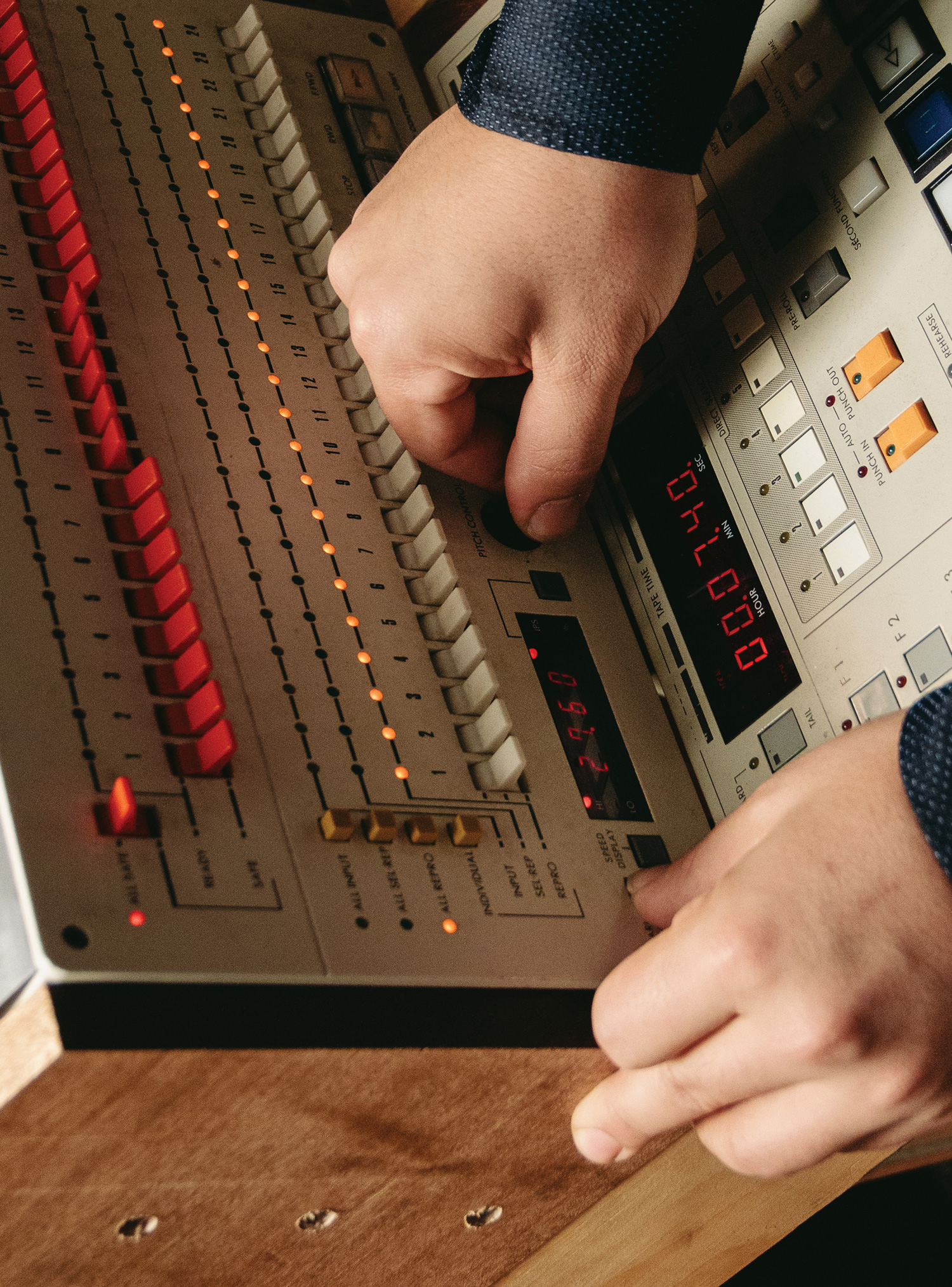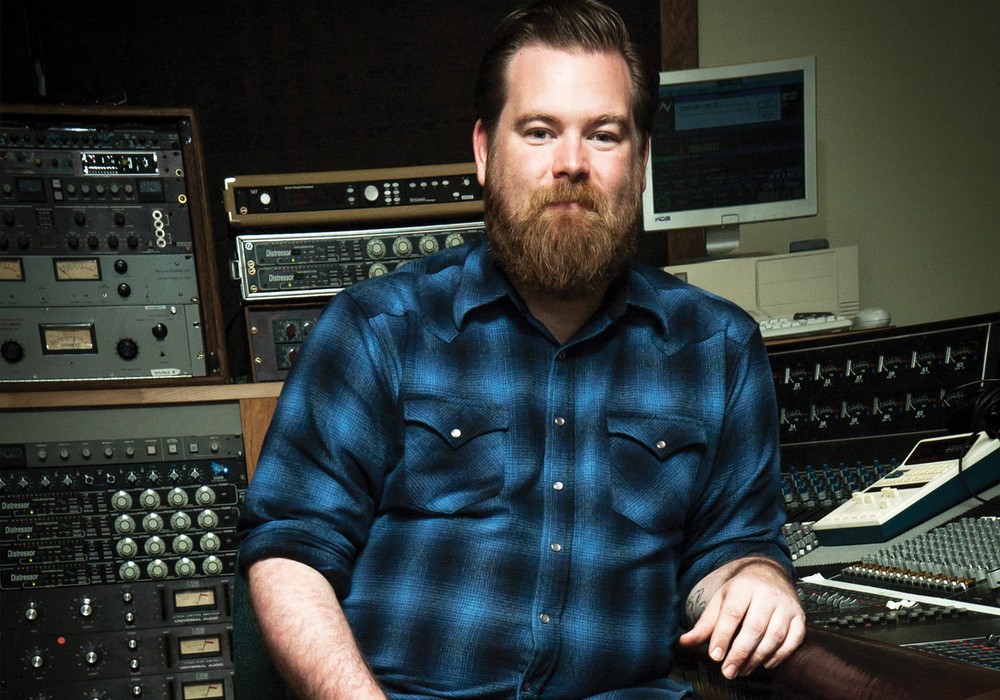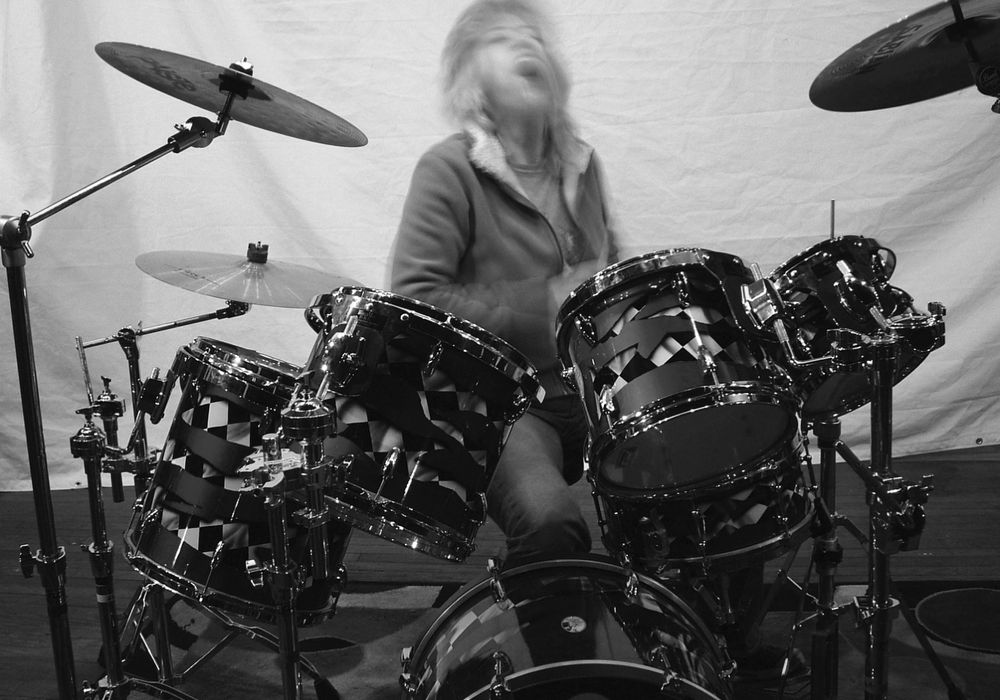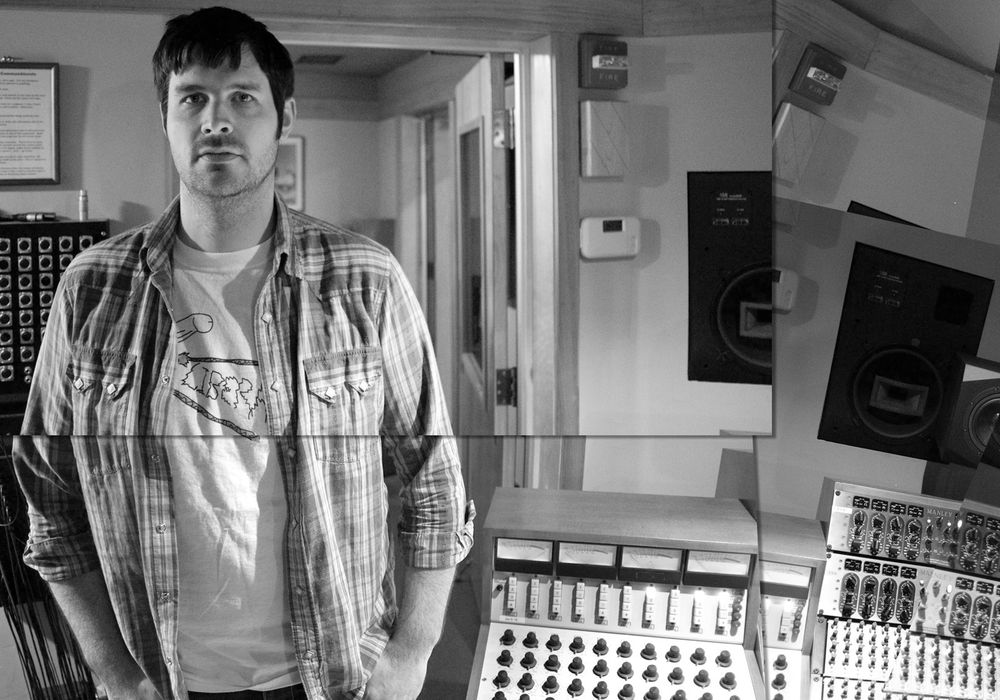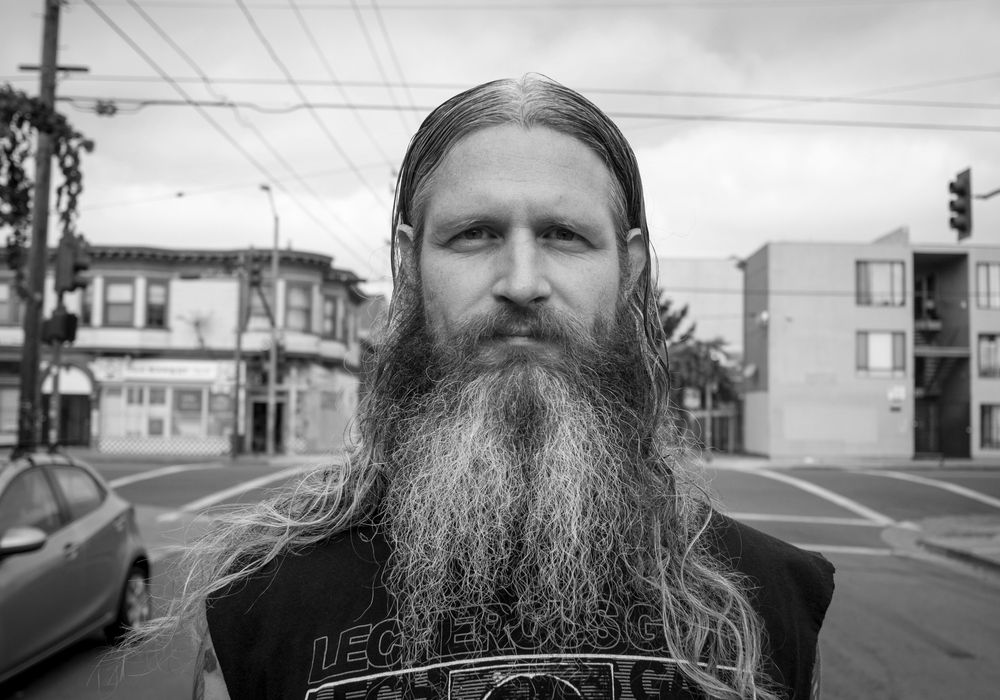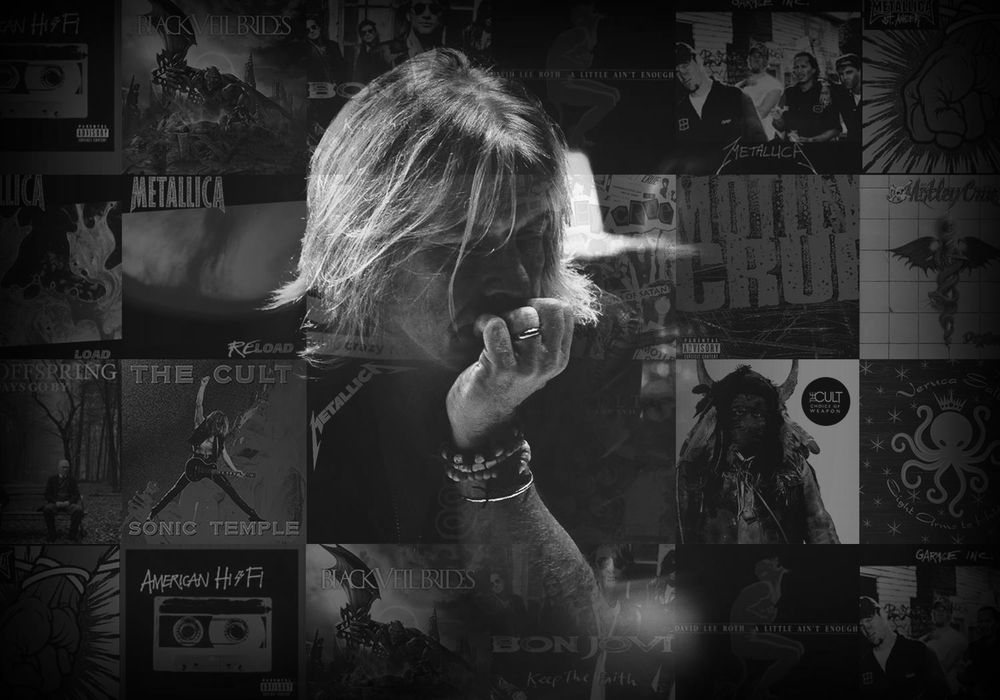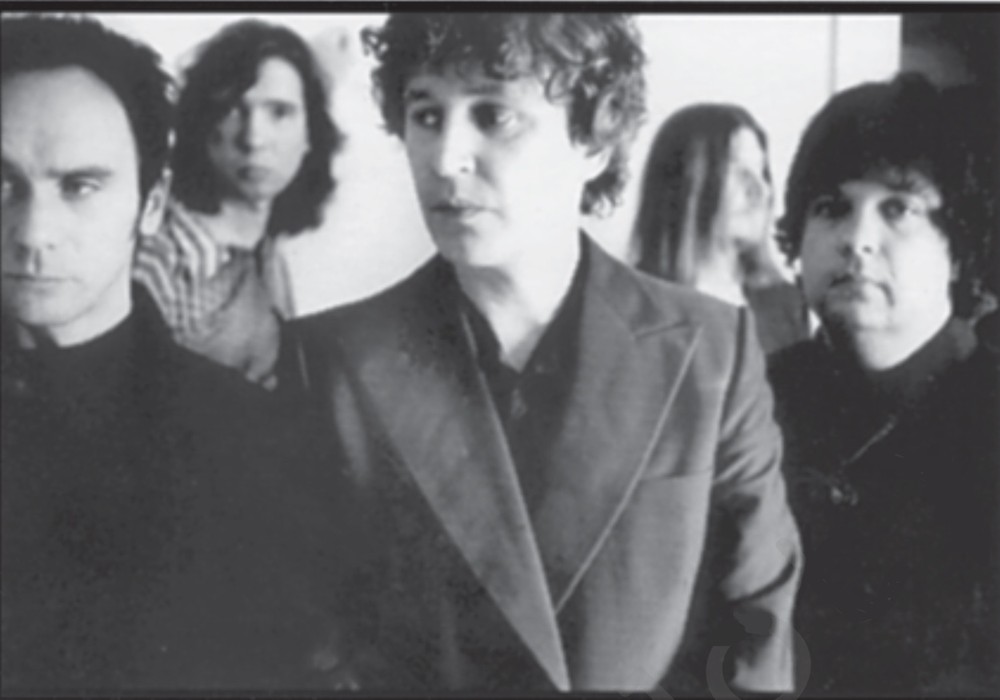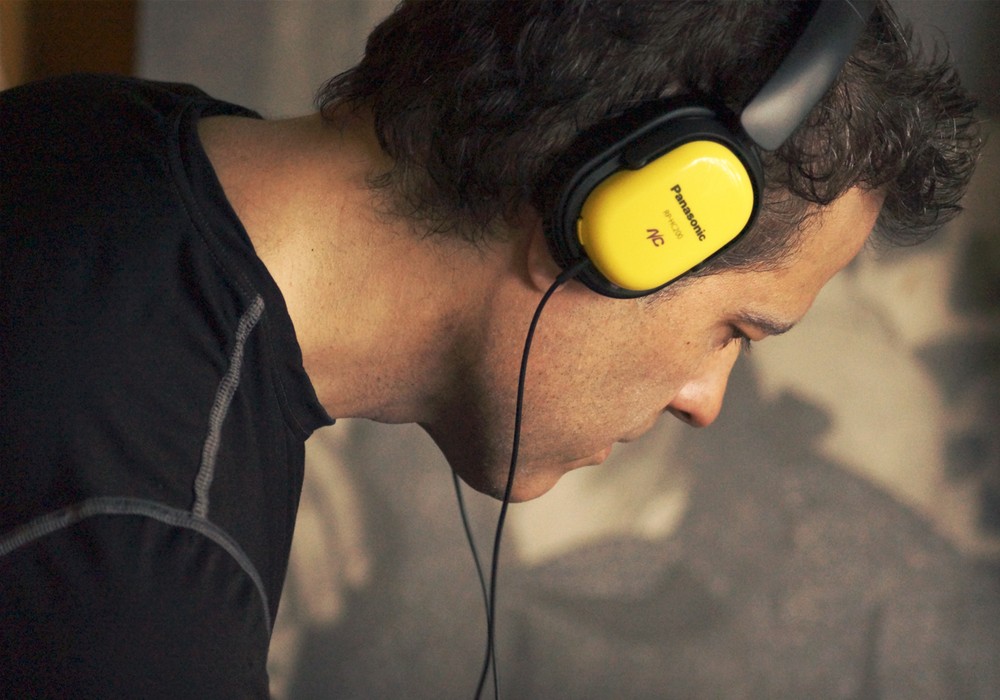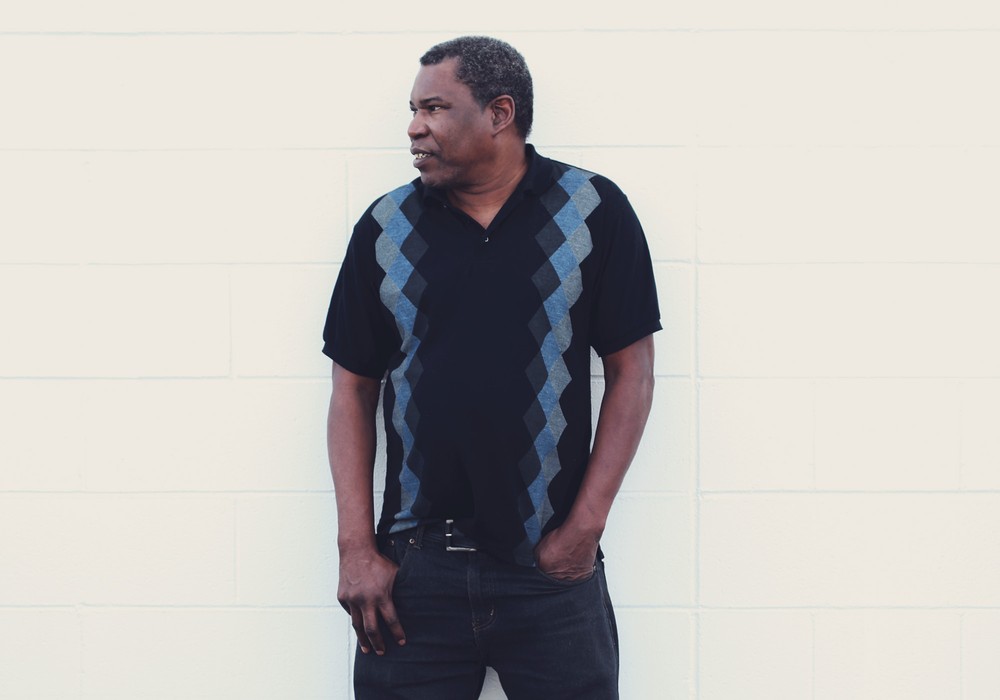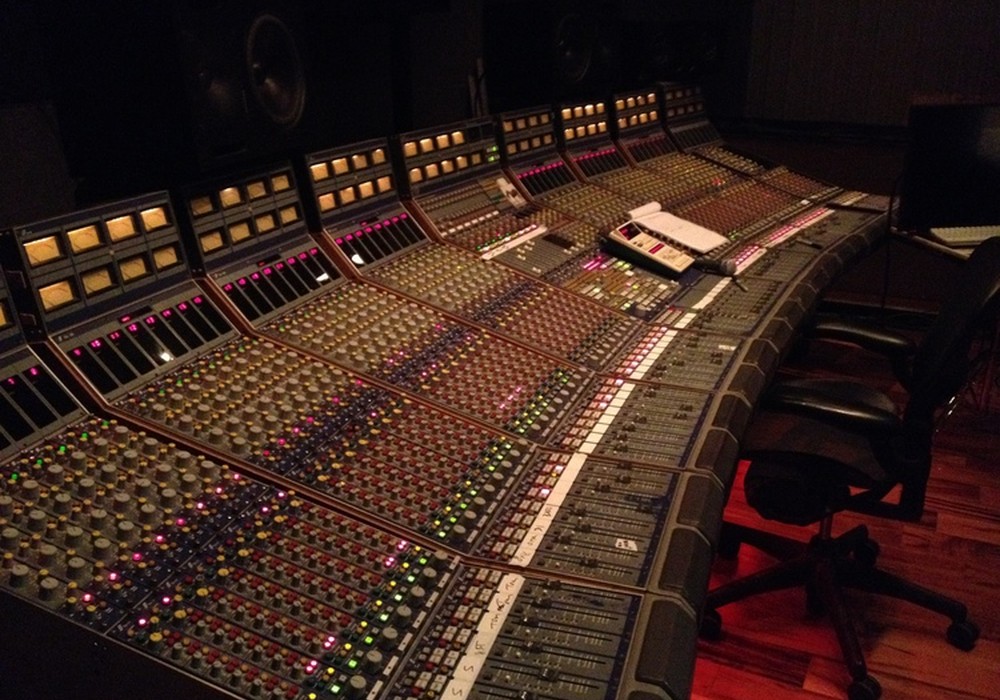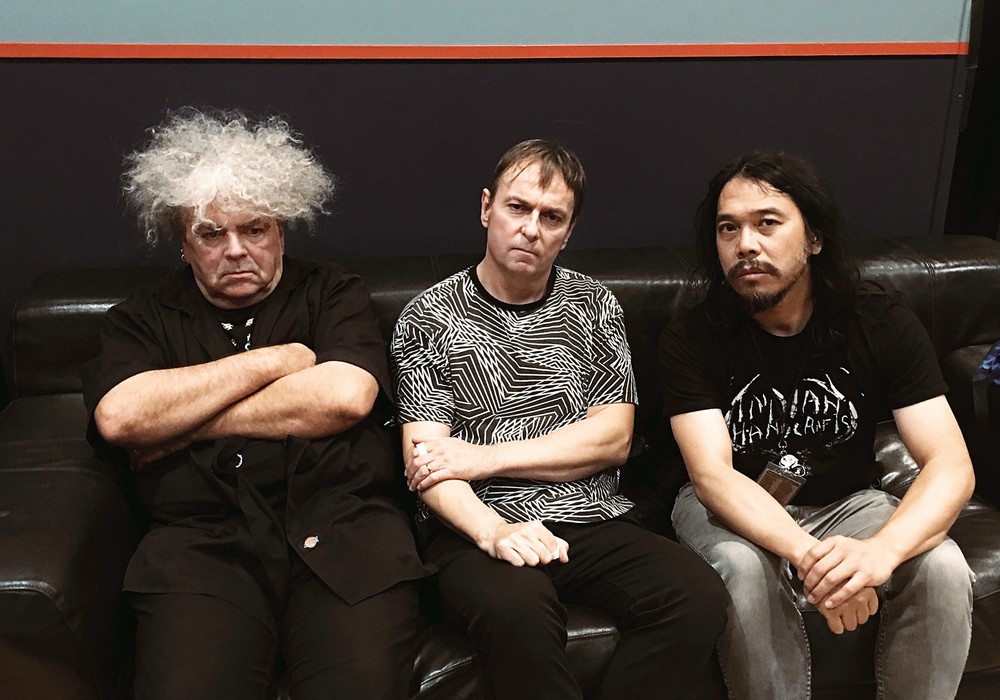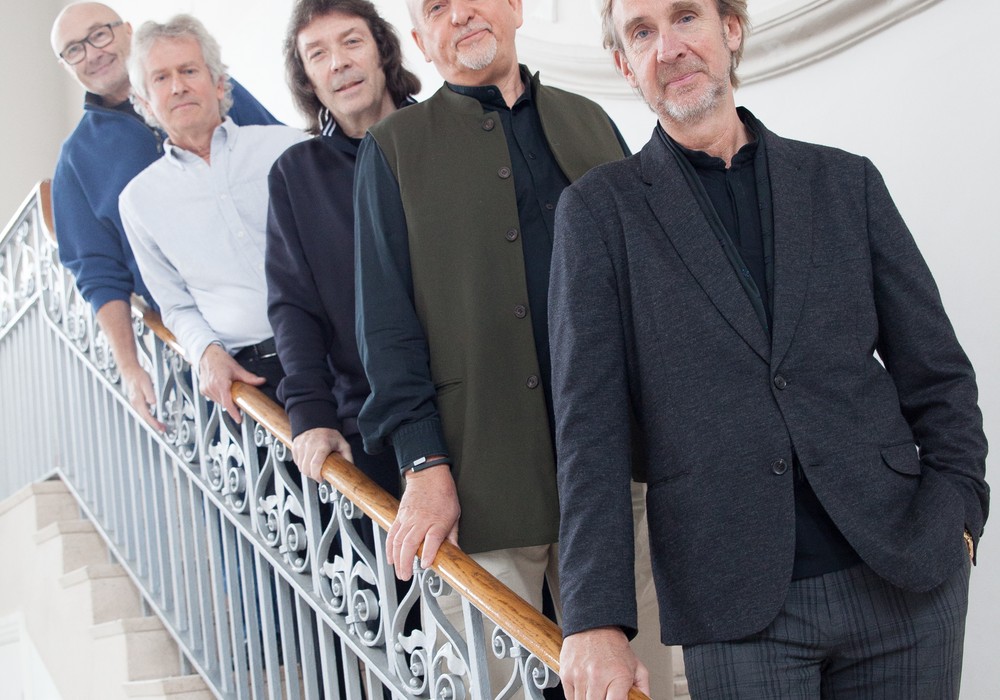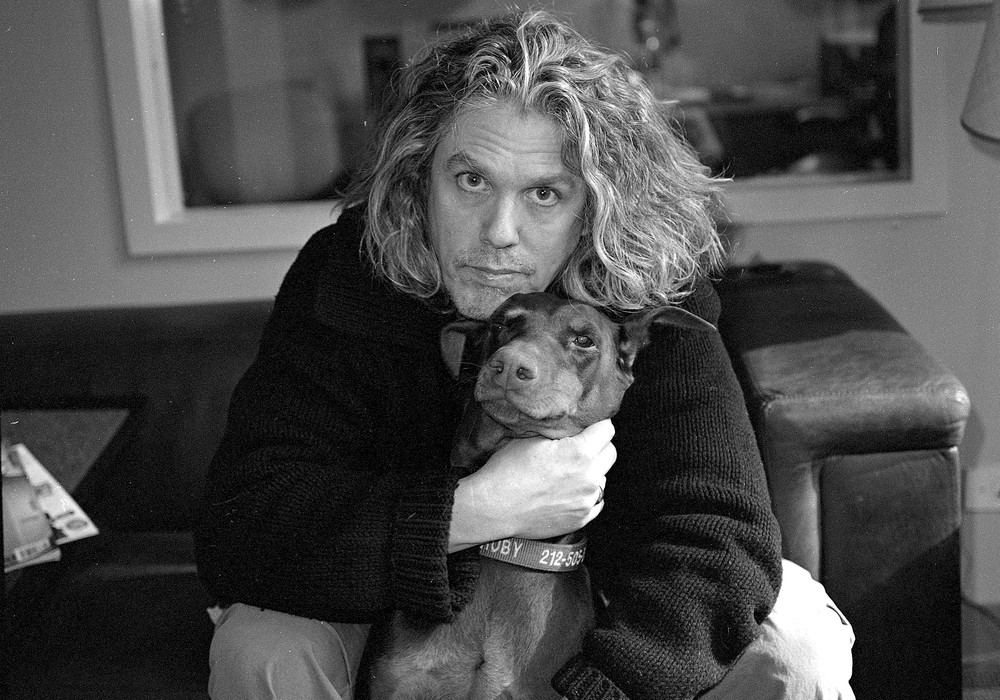Randall Dunn is creating what might be Seattle's next chapter in the dark and loud tradition of Northwest music. From the Sonics and Jimi Hendrix, to the U-Men and grunge, the Pacific Northwest has a reputation for spawning loud, raw blues. A tireless and prolific man, his discography includes Sunn O))), Earth, Eyvind Kang, Master Musicians Of Bukkake, Rose Windows, Skerik from Critters Buggin', The Cave Singers, Oren Ambarchi, Marissa Nadler, Jessika Kenney, Boris, Akron, Sun City Girls, Midday Veil, Kinski, Faith Coloccia, Jesse Sykes, Black Mountain & Wolves In The Throne Room. Randall draws from his experience with Drone, Metal, Avant-Jazz, Folk and even film soundtracks. He travels deep and wide with the musicians he records. Randall just might turn the page in Seattle's family bible — the part where it rains and rains and Noah starts building that ark...
Why did you move to Seattle?
I moved here because it was really far away from Michigan. That was the first reason. What else did I come for? I came out here for school.
To the Art Institute.
I had two really important interactions at that school, none of which were with the faculty. One was Skerik, who is a Seattle jazz and rock musician. He has been really important in my development as a musician, as producer, and as a respectful person in the music community.
He's a guru.
Yes, he taught me how to interact with musicians, how to treat musicians, how to learn from musicians, and how to be respectful of elder musicians, even financial and recording stuff in the industry. I was like, "That guy's really cool." Then I found out about his band. Then I met drummer Matt Chamberlain from working with his and Skerik's band, Critters Buggin.' I have learned so much from Matt as well. I got free studio time at The Art Institute and I tried to get Wayne Horowitz (of Naked City) to come in. In the end, he couldn't, but he said his friend could. This young cat named Eyvind. That ended up being Eyvind Kang, who also has been a really important mentor in learning to be sacred with sound and music. He's more of a deep philosopher that happens to be a complete shredder and amazing composer. I've learned a lot from him as far as approaches — ways to foil your habits. He's really good at playing devil's advocate. Those guys are all such incredible musicians. I'm definitely not on that level of musicianship, but I choose to focus my time on producing. I'm at a level where I can actually do some of the things they need me to, and in return involve them in things that are good for them. Seattle has an impeccable, vibrant music community that has no boundaries of genres.
It comes from being a backwater town! Did you come here pre or post grunge?
It was definitely post. It was '93 or ‘94.
What was your first studio, how did you build it, and what did you learn?
I co-owned one with a really talented engineer that was my partner at the time, Mell Dettmer. I learned a lot from her. We bought a Trident 65 Series board, a 3M 16-track, 2- inch and then we built it up from there. The construction of the actual studio was pretty bad. It was mostly drywall and it had a lot of squares, but I made a lot of great records there.
What was it called?
Aleph.
The name came from a book?
It is a story by Jorge Luis Borges. In the book, the character finds a place. He's blind. He stands on these steps that enables him to see the whole entire universe, but if he moves a little to the right or to the left, he can't see it anymore. It's also the first letter of the Hebrew alphabet. It's one. It means a lot of things.
What was your budget?
The construction was like 500 bucks or something. It was built by Guy Davis, of the band Sage, who's a really great friend.
What was the first recording you did in there where you felt like things were really happening?
Probably Hex [Hex; Or Printing in the Infernal Method] by Earth. That was the first one where I was like, "Oh, this is going to get out to the world and this is an actual record."
Did you know Dylan [Carlson] very well at that time?
No, I met him though a friend named John Schuler that looked him up at a frame shop he was working at across the street from Starbucks headquarters. We kind of just dug him up. We've gotten to be really close friends since then. It's been amazing collaborating and growing with him!
What did you take away from that studio, now that it's behind you?
I don't want to have a studio connected to my home. I've realized that I work the same hours now but the disengagement from when I'm done is...
